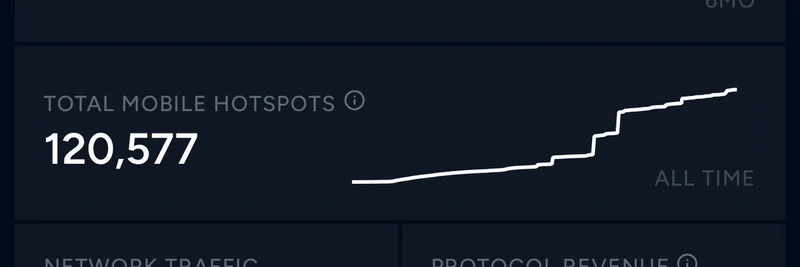Hey there, crypto enthusiasts! If you’ve been keeping an eye on the latest trends in decentralized finance (DeFi), you’ve probably heard the buzz around Mitosis, a project that’s turning heads with its innovative approach to liquidity. On July 15, 2025, BSC News dropped a bombshell with their post (check it out here) teasing a full analysis of how Mitosis’ programmable liquidity might just change the crypto world forever. Let’s dive into what this is all about and why it’s got everyone talking!
What’s the Hype About Mitosis?
So, what exactly is Mitosis? Think of it as a next-gen DeFi platform built on a Cosmos SDK-based Layer 1 (L1) blockchain, with a twist—it’s all about making liquidity programmable. In simple terms, liquidity is the lifeblood of DeFi, allowing users to trade, lend, or borrow assets smoothly. But traditional liquidity setups can be rigid, locking your assets in one place. Mitosis flips the script by turning your liquidity positions into flexible, tradable tokens. This means you can deposit your assets once and let them work harder across multiple protocols, earning rewards without the hassle.
The BSC News post hints at a deep dive into this concept, and the excitement is palpable. Users in the thread are already hyping it up, with comments like “Mitosis is inevitable” and “The Blockchain Network for Programmable Liquidity in DeFi.” It’s clear this isn’t just another crypto fad—it’s a potential game-changer.
How Does Programmable Liquidity Work?
Let’s break it down. Mitosis uses something called Ecosystem-Owned Liquidity (EOL) and Matrix to make this magic happen. When you deposit assets into Mitosis Vaults (supported on chains like Arbitrum and zkSync), you get Hub Assets on the Mitosis Chain. These assets can then flow into EOL, where the community votes on how to deploy them, or Matrix, which offers curated campaigns for extra rewards. The result? Tokens like miAssets and maAssets that you can trade, use as collateral, or even split into principal and yield.
Imagine putting your money in a savings account that not only earns interest but also lets you use that interest to invest elsewhere—all without leaving the platform. That’s the kind of flexibility Mitosis is bringing to DeFi. According to the official Mitosis site, this approach aggregates deposits to give everyone access to high-yield opportunities, not just the big players.
Why It Matters for Crypto
The thread following BSC News’ post is buzzing with optimism. One user, @web3onyx, called it “freaking recognition” that’s “coming in,” while @notsonormal___ dropped an anime-inspired image (check it out below) to hype the “inevitable” rise of Mitosis. This kind of enthusiasm suggests the community sees real potential here.
Programmable liquidity could solve some big problems in DeFi, like fragmented liquidity across chains and limited access to premium yields. By removing the need for bridges and intermediaries, Mitosis also cuts down on risks like hacks or delays. Plus, with over $100 million in total value locked (TVL) and backing from heavyweights like Amber Group, it’s got the muscle to back up the hype.
What’s Next for Mitosis?
The BSC News analysis promises to unpack all this in detail, and it’s definitely worth a read (linked here). Mitosis is still rolling out its mainnet and expanding to more chains, with plans for advanced DeFi products. For meme token lovers and blockchain practitioners alike, keeping an eye on this project could be a smart move—especially if you’re into innovative tech that might spawn new meme-inspired DeFi trends.
At Meme Insider, we’re all about spotting the next big thing in the crypto space. Mitosis might not be a meme token yet, but its groundbreaking approach could inspire some wild community-driven projects down the line. Stay tuned, and let us know what you think in the comments!


